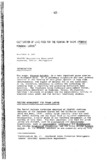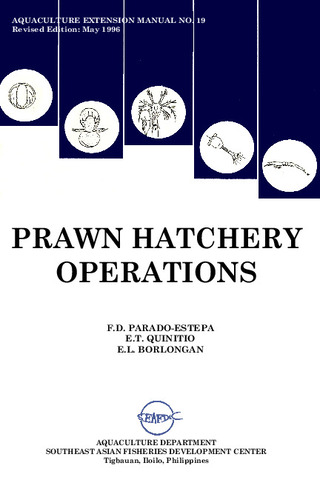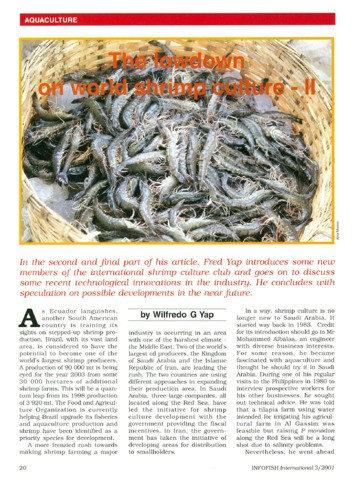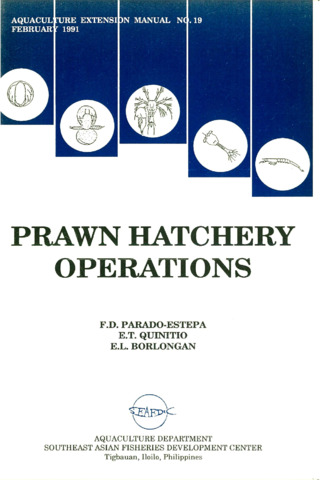Cultivation of live feed for the rearing of sugpo (Penaeus monodon) larvae
Share
Abstract
The sugpo, Penaeus monodon, is a very important prawn species in Southeast Asia. It is extremely euryhaline and fast growing. Interest in the farming of this prawn species is very high. Unfortunately, the supply of natural fry is not sufficient. It is, therefore, necessary to develop the technology of breeding them in captivity and producing sufficient seed material. The Southeast Asian Fisheries Development Center, Aquaculture Department in Tigbauan, Iloilo, Philippines, operates a hatchery to produce fry for experimental rearing in brackish water ponds and for various laboratory studies.
Suggested Citation
Yap, W. G. (1979). Cultivation of live feed for the rearing of sugpo (Penaeus monodon) larvae. In E. Styczynska-Jurewicz, T. Backiel, E. Jaspers & G. Persoone (Eds.), Cultivation of Fish Fry and Its Live Food. Proceedings of a Conference, 23-28 September 1977, Szymbark, Poland (pp. 423-437). Bredene, Belgium: European Mariculture Society.
Subject
Taxonomic term
Collections
Related items
Showing items related by title, author, creator and subject.
-
Prawn hatchery operations
Parado-Estepa, Fe D.; Quinitio, Emilia T.; Borlongan, Emeterio L. (Aquaculture Department, Southeast Asian Fisheries Development Center, 1996-05)The manual, an updated version of the 1984 SEAFDEC/AQD manual, presents the underlying principles and step-by-step instructions of prawn larval and post-larval rearing. The techniques described are not only applicable to ... -
The lowdown on world shrimp culture - II
Yap, Wilfredo G. (INFOFISH, 2001)This paper introduces some new members of the international shrimp culture club and goes on to discuss some recent technological innovations in the industry, particularly the polyculture of tilapia (mainly Oreochromis ... -
Prawn hatchery operations
Parado-Estepa, Fe D.; Quinitio, Emilia T.; Borlongan, Emeterio L. (Aquaculture Department, Southeast Asian Fisheries Development Center, 1991-02)The manual, an updated version of the 1984 SEAFDEC/AQD manual, presents the underlying principles and step-by-step instructions of prawn larval and post-larval rearing. The techniques described are not only applicable to ...





